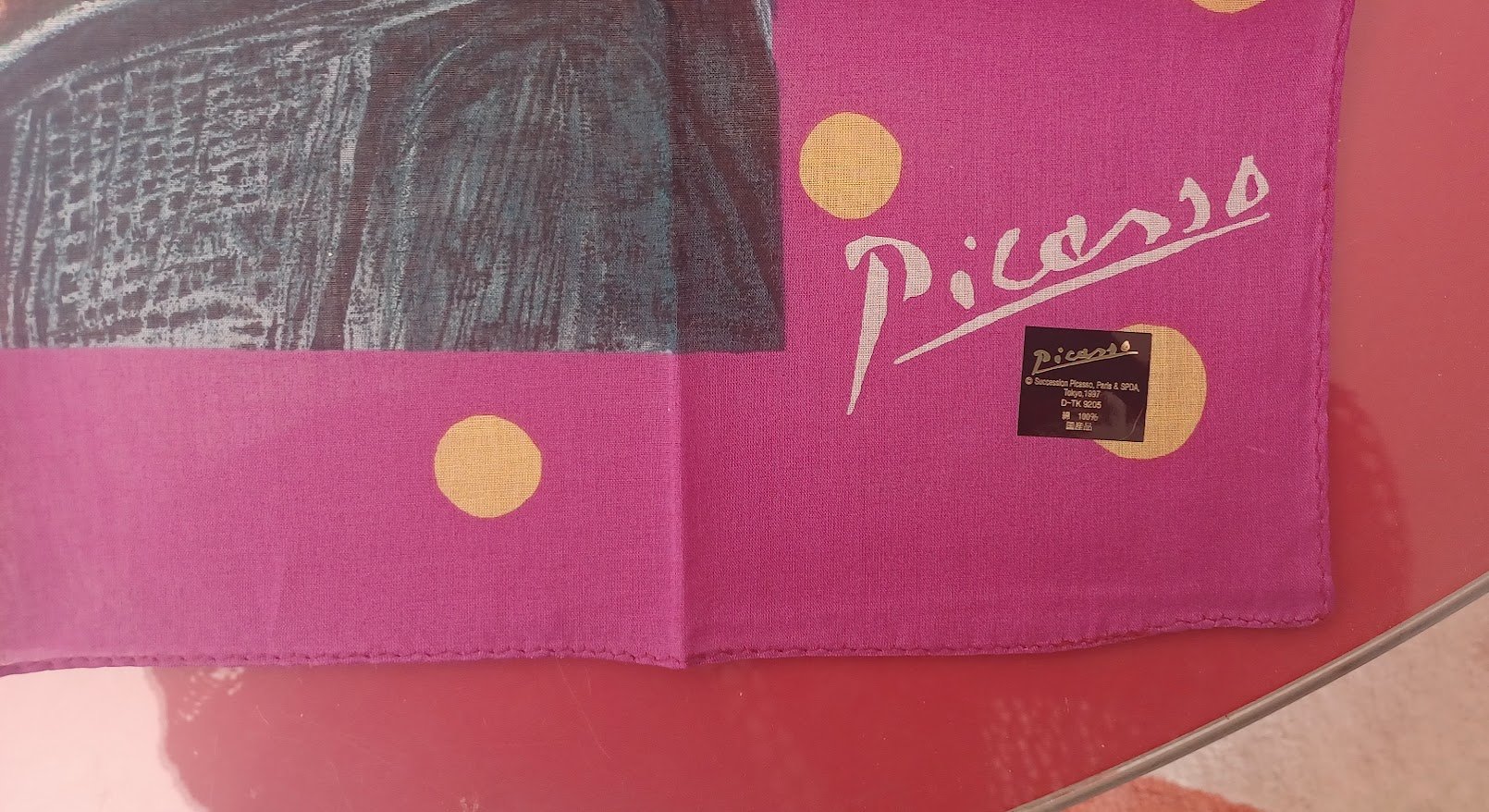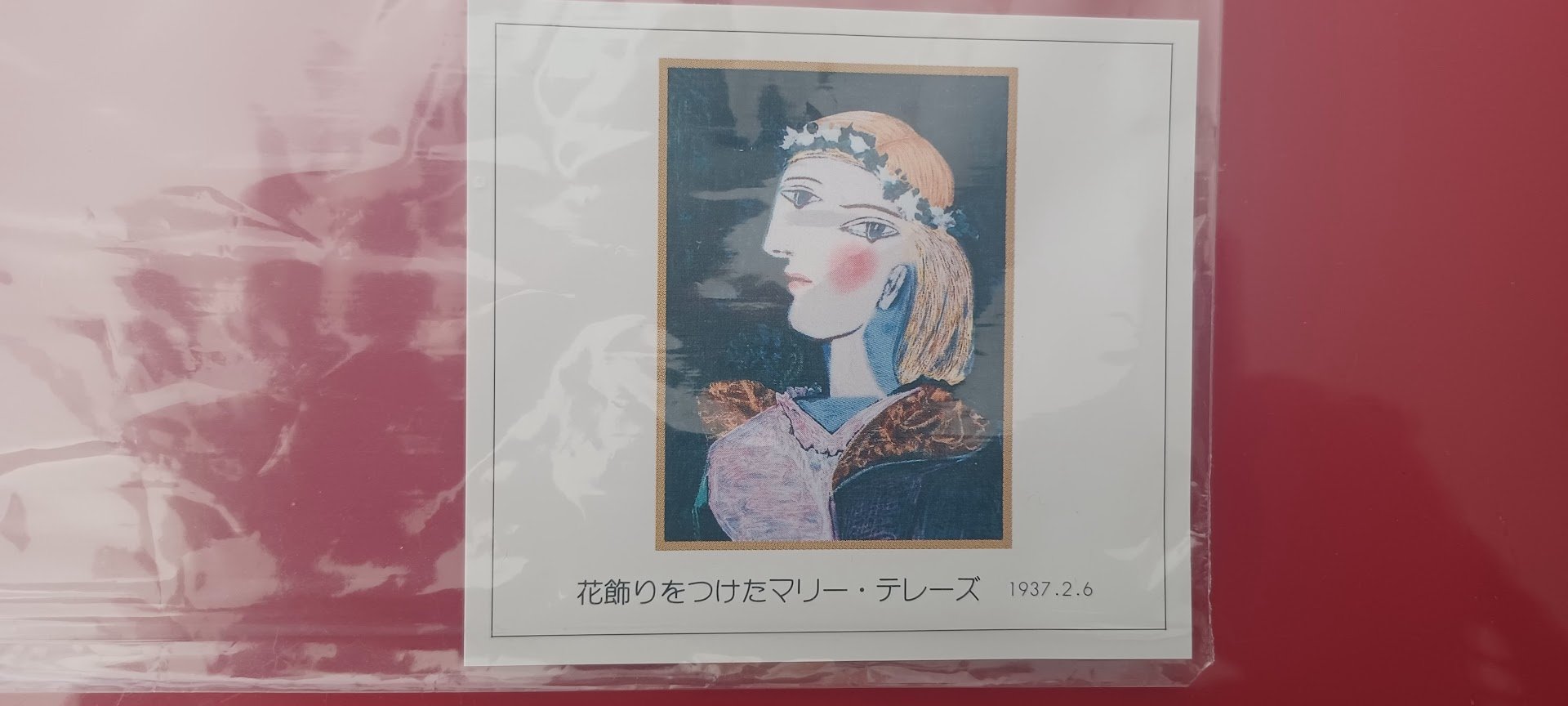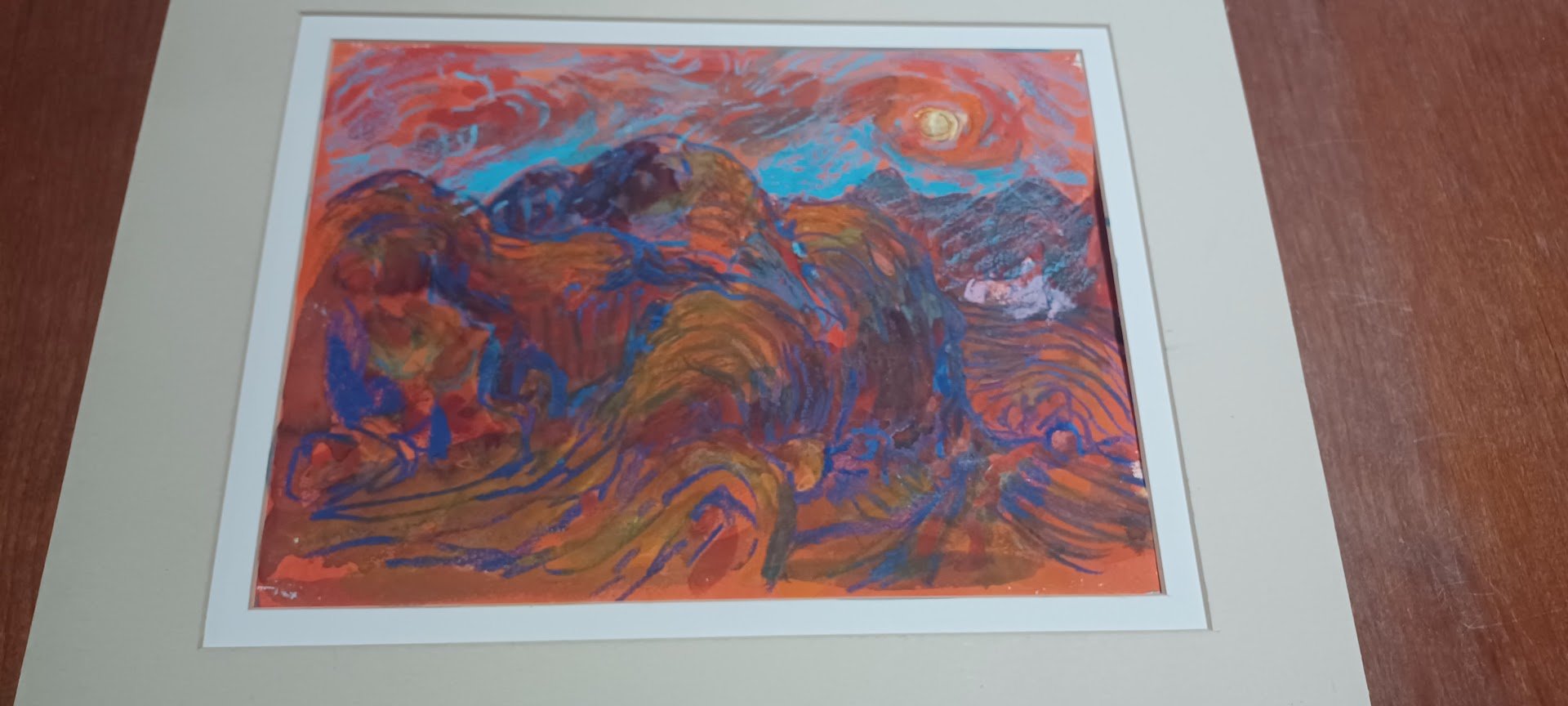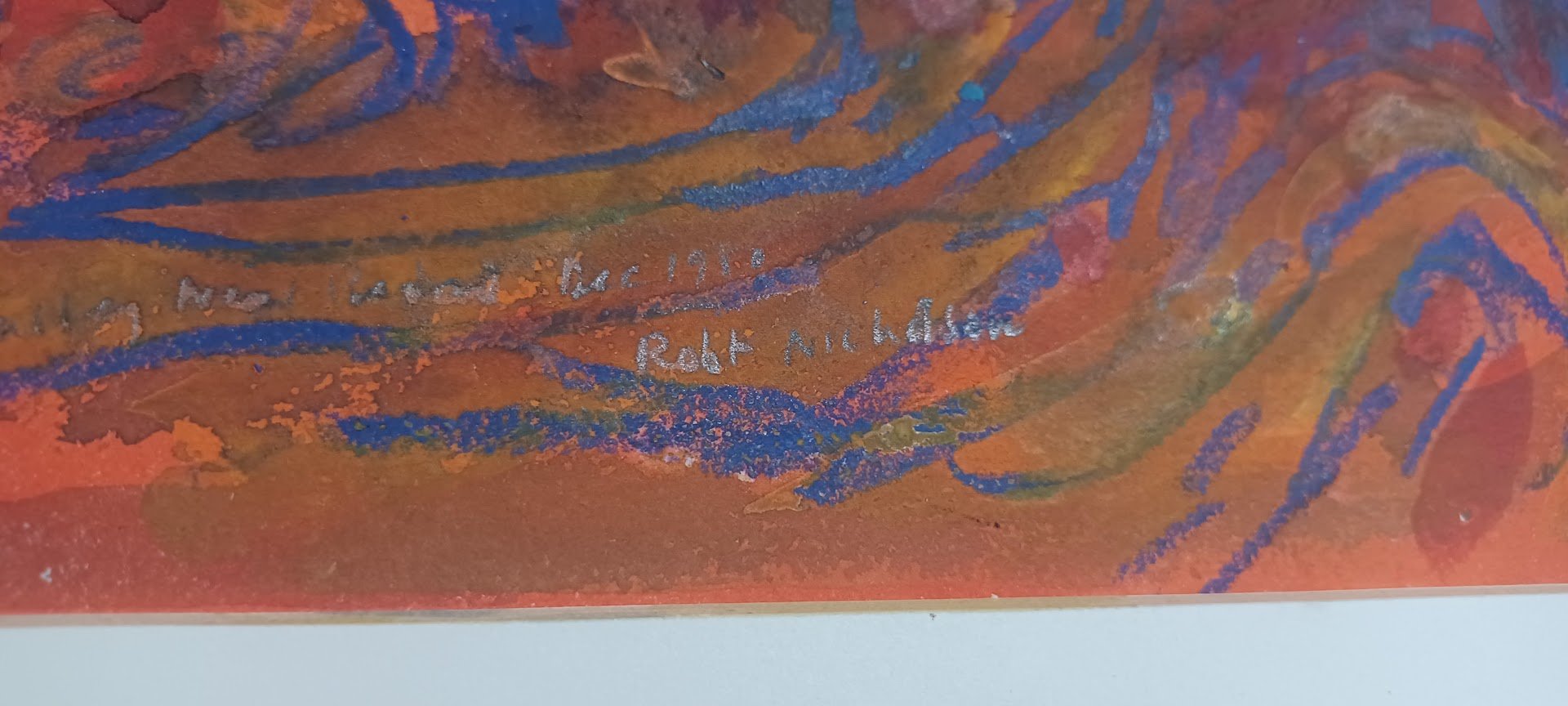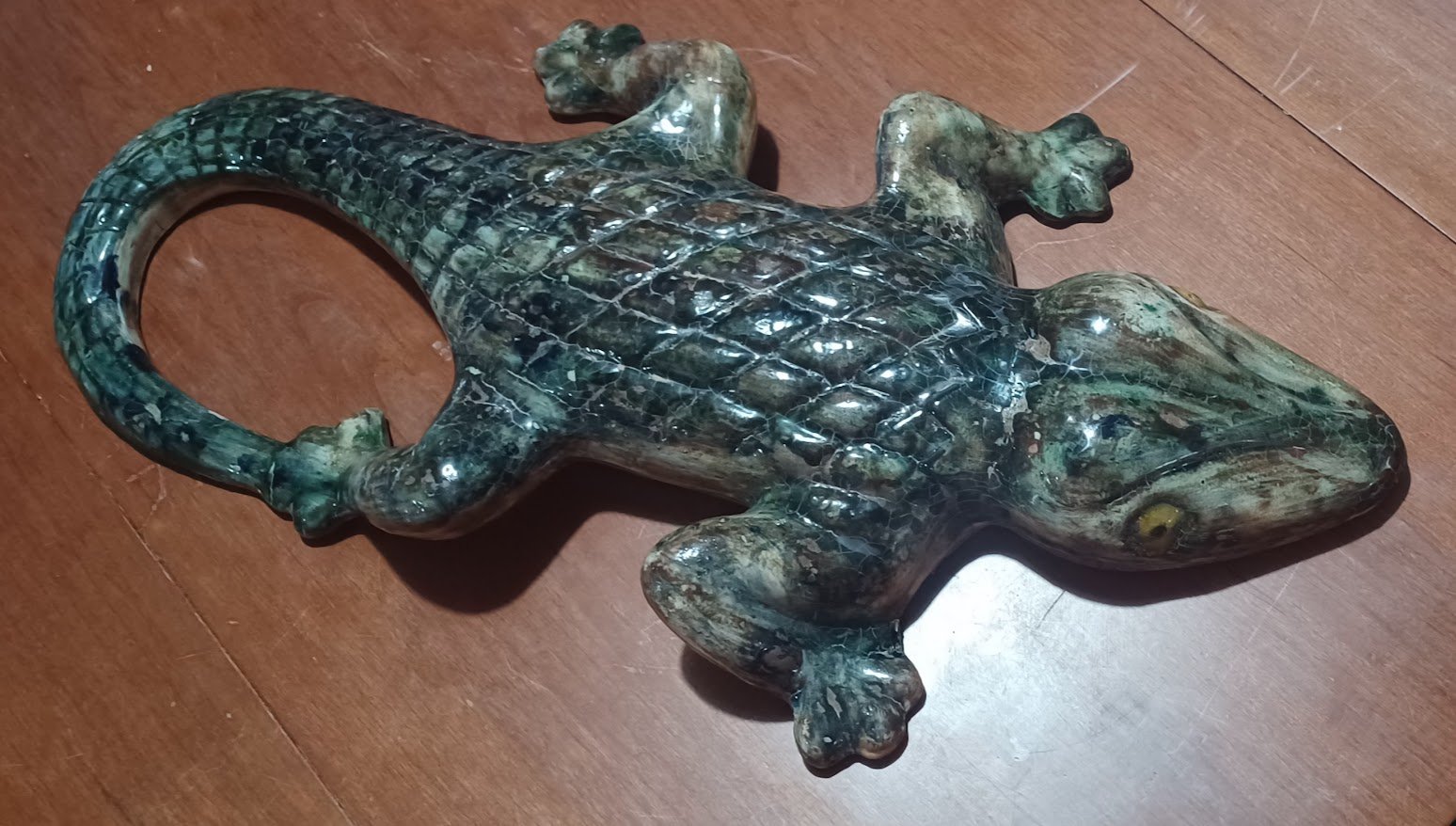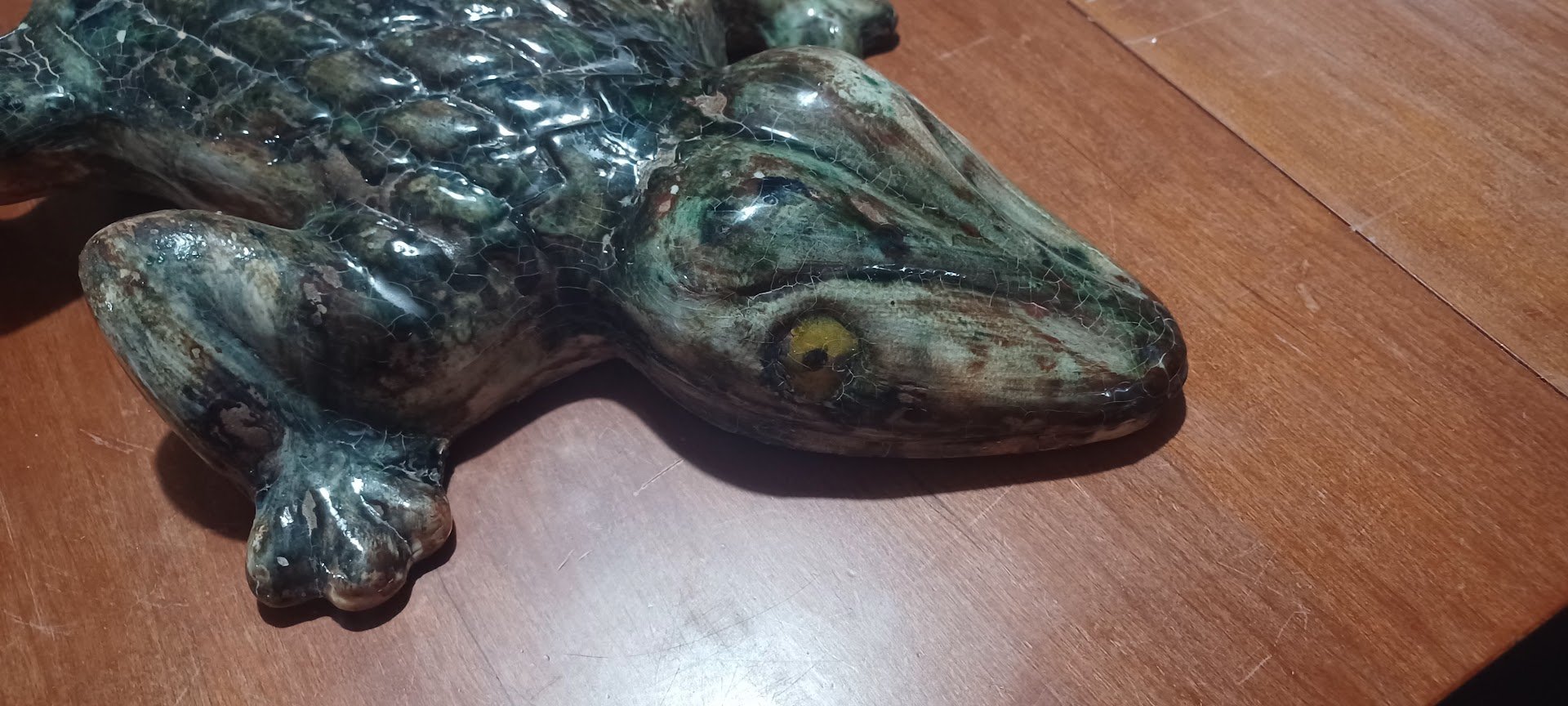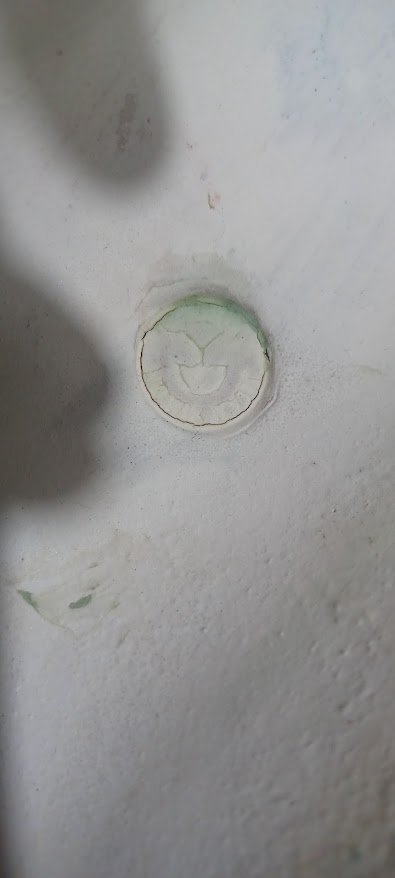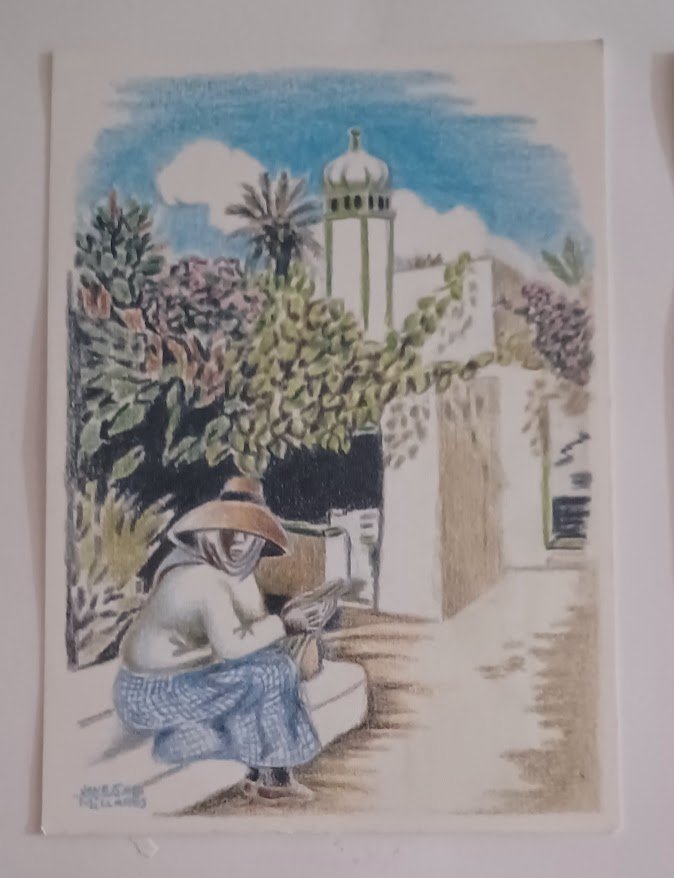Textile wall art is the new way to get great art onto your walls at a reasonable price. Recently, The Museum für Gestaltung Zürich presented an extraordinary exhibition in its main hall that focuses on the expressive power of textile art. Textile Manifestos – From Bauhaus to Soft Sculpture presents around 60 works by international artists, from Magdalena Abakanowicz to Anni Albers and Sheila Hicks.
The exhibition Textile Manifestos, on show at the Museum für Gestaltung Zürich since 14 February 2025, demonstrates that textiles are more than just materials: they carry messages, remind us of the past, evoke emotions and make demands. A multifaceted panorama of textile art unfolds in the large hall of the Museum für Gestaltung, ranging from traditional techniques such as weaving and embroidery to experimental, large-scale installations. The exhibition, curated by Sabine Flaschberger, spans the period from the beginnings of modern textile art at the Bauhaus to contemporary positions. Among the works on view is the site-specific ‘Nylons in Space’ by German artist Ulrike Kessl, who uses colourful tights to create a spatial installation. Christoph Hefti and Caroline Achaintre create fluffy, animal-like objects, while Dominique Lanz transforms textile remnants from the fast fashion industry into a critical reflection on consumption and sustainability.
Organised chronologically, the exhibition takes visitors on a journey through the history of fibre art. Geometric patterns and weaving techniques from the Bauhaus period are juxtaposed with figurative representations from the post-war years. The liberation of textile art from its traditional two-dimensionality can be seen in the works of the 1960s, when artists began to work with forms, volumes and material experiments. Alongside the historical positions of Gunta Stölzl and Anni Albers, current trends are presented that blur the boundaries between craft, sculpture and design.
Special attention is given to thematic chapters that connect artists across generations: Under the motto ‘Social Fabric’, works such as Talaya Schmid’s sighing installation ‘Meet Me Here’ illuminate social interdependencies, while Corinne Odermatt’s work ‘One Day We Will’ Part can be understood as an explosive swan song to love. The ‘Trompe l’œil’ section plays with optical illusions: Victor Vasarely’s works create shimmering effects of movement, while Lili Binder-Wipf creates three-dimensional illusions with textiles.









